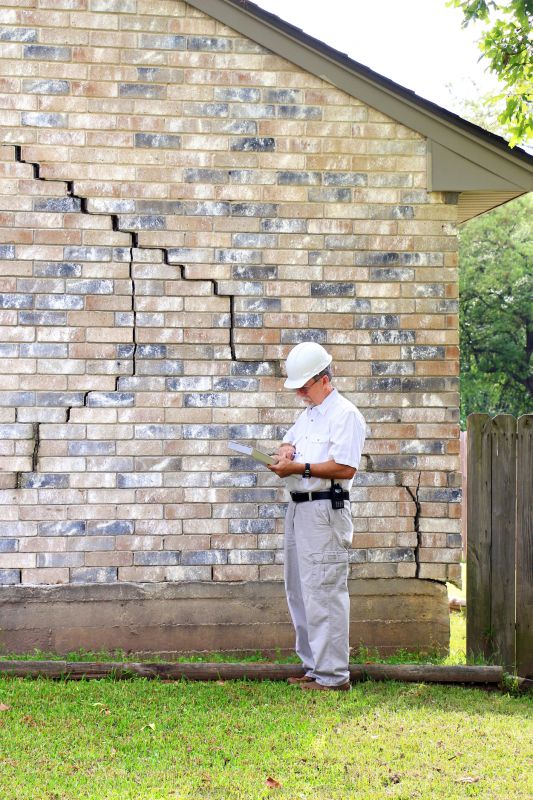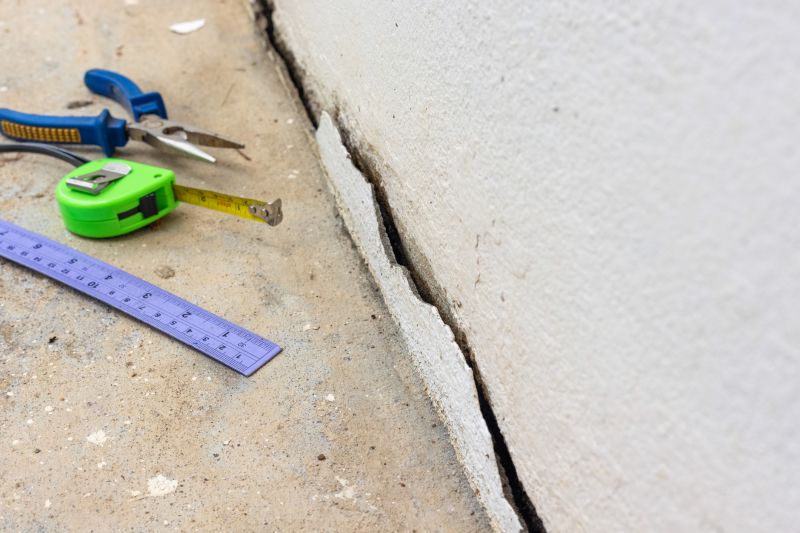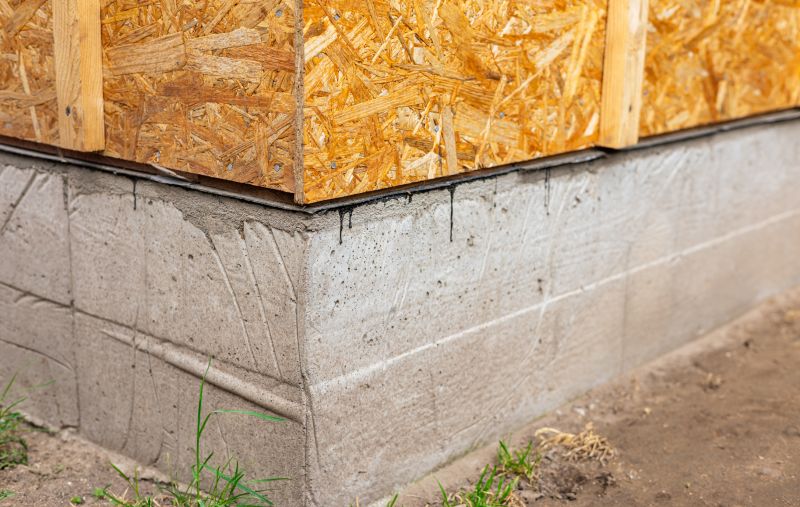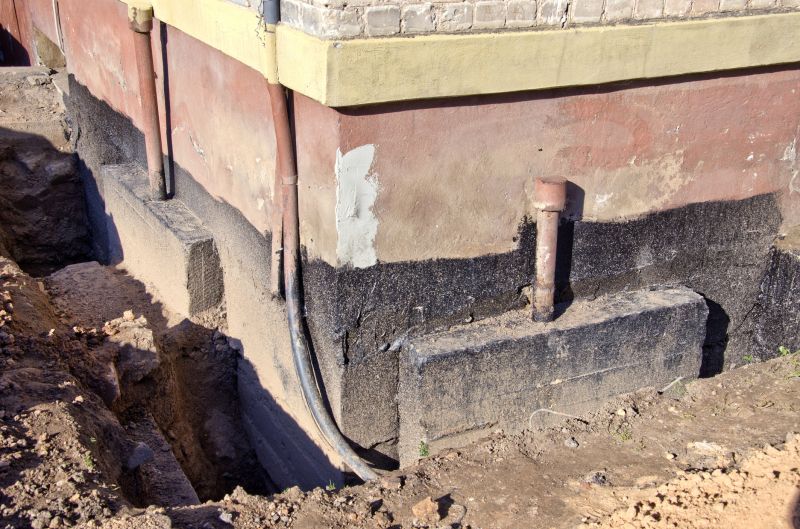Optimal Timing for Foundation Repairs
Foundation repairs are most effective when performed during specific times of the year, depending on weather conditions and soil stability. Proper timing can help ensure the longevity and effectiveness of repairs, reducing the risk of future issues.
Spring offers moderate temperatures and manageable moisture levels, making it a suitable time for foundation work.
Summer's warm weather can facilitate certain repair processes, but excessive heat and dry conditions may pose challenges.
Fall provides cooler temperatures and increased moisture, which can support soil stability during repairs.
Winter often presents challenges such as freezing temperatures and frozen ground, which can hinder foundation repair work.

A professional assessment helps determine the best timing for repairs.

Understanding soil behavior across seasons informs repair scheduling.

Weather patterns influence foundation stability and repair timing.

Ways to make Foundation Repairs work in tight or awkward layouts.

Popular materials for Foundation Repairs and why they hold up over time.

Simple add-ons that improve Foundation Repairs without blowing the budget.
| Season | Optimal Conditions |
|---|---|
| Spring | Moderate temperatures, manageable moisture, soil stabilization |
| Summer | Warm weather, potential for quicker curing, but risk of drought |
| Fall | Cooler temperatures, increased moisture, soil stability |
| Winter | Freezing temperatures, frozen ground, limited repair options |
Foundation repairs address issues such as settling, cracking, and shifting that can compromise the structural integrity of a building. Proper timing ensures that repairs are performed when soil conditions are most favorable, reducing the likelihood of future movement or damage. Statistics indicate that addressing foundation problems early can prevent costly structural repairs and extend the lifespan of a property.
Understanding seasonal soil behavior and weather impacts is crucial for scheduling foundation repairs effectively. Soil tends to expand during wet seasons and contract during dry periods, which can exacerbate existing issues or cause new problems. Repair strategies should consider these factors to maximize durability and stability.

Visible cracks can indicate underlying settlement issues.

Proper soil management supports foundation integrity.

Foundation stabilization techniques vary by season.

Regular inspections help maintain foundation health.
Timely foundation repairs are essential for maintaining property value and safety. Consulting with foundation specialists can help determine the most suitable time for repairs based on local climate and soil conditions. Proper planning and execution can prevent future structural issues and ensure the stability of the property.

